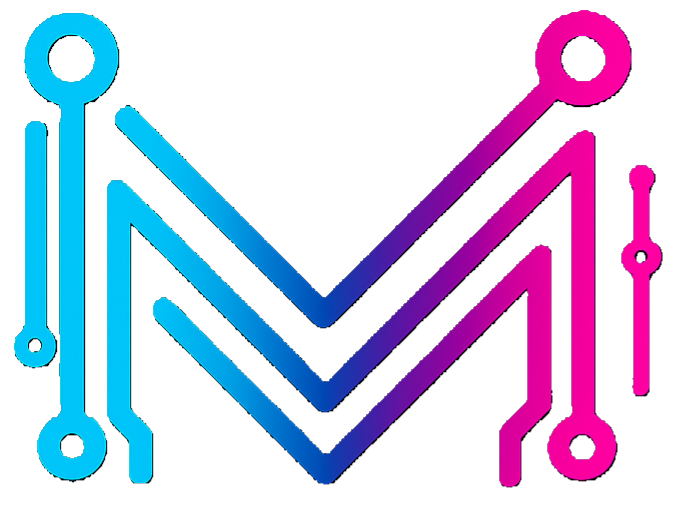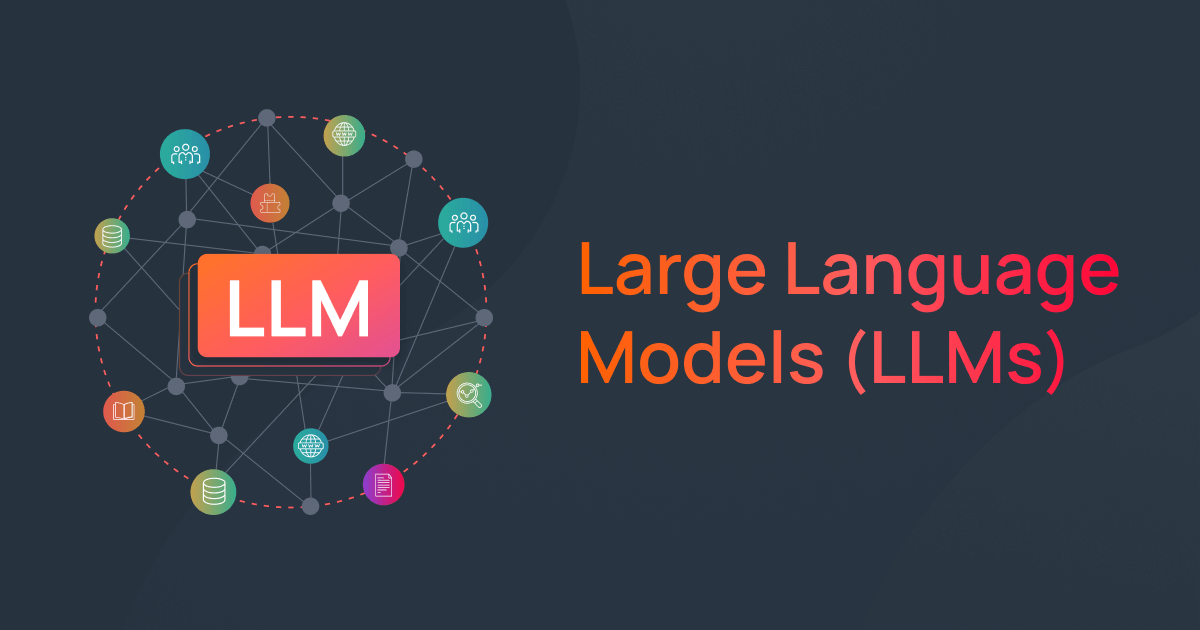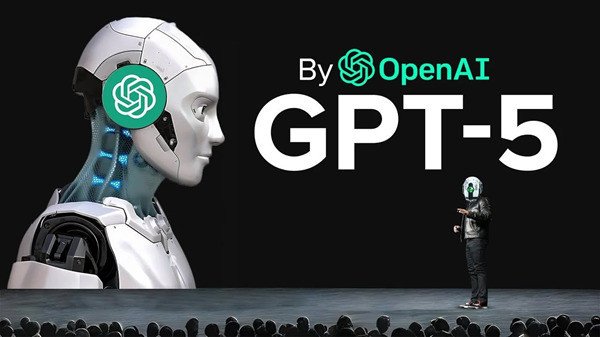Table of Contents
If you’ve ever used ChatGPT, you’ve probably had a moment of pure astonishment. How does a computer program write like a seasoned poet, a witty comedian, or a helpful expert? Is it magic? A ghost in the machine?
The real answer is both simpler and more mind-boggling than you think. The technology powering this revolution is called a Large Language Model (LLM).
So, what is a Large Language Model? Forget the complex jargon for a second. At its heart, an LLM is essentially autocomplete on god-tier steroids. It’s the slightly unhinged, hyper-intelligent older brother of the feature on your phone that tries to guess the next word you’re going to type.
That’s it. That’s the core secret. An LLM’s primary job is to do one thing: predict the next most likely word (or “token”) in a sequence. It does this so well and so quickly that it can string together sentences, paragraphs, and entire essays that feel human-written.
But how did it get so good at this one trick? The answer is right there in the name.
1. “Large” – The All-You-Can-Eat Data Buffet
The “Large” in LLM is not an exaggeration. To learn the patterns of human language, these models are trained on a truly colossal amount of text data. We’re talking about:
- A massive chunk of the public internet (think Wikipedia, blogs, news sites, forums).
- A gigantic library of digital books.
- Countless other text sources.
The Analogy: Imagine you want to become the world’s greatest expert on William Shakespeare. You wouldn’t just read Hamlet. You would read every single play, sonnet, and letter he ever wrote. You’d read every book about him. You’d read every work from his contemporaries. After consuming all that data, you’d have an incredible intuition for his style.
LLMs do the same thing, but for all of human language. They are trained on a library the size of a planet. This is what gives them their vast knowledge and ability to write about virtually any topic.
2. “Language” – The Mission
The model’s entire existence is dedicated to understanding and generating language. It doesn’t “know” what a dog is in the way we do—it can’t pet one or hear one bark. But it has analyzed the word “dog” in billions of different contexts. It knows that “dog” is often followed by words like “bark,” “loyal,” “paws,” or “walk.”
It breaks down sentences into pieces called “tokens“ (which can be words, parts of words, or punctuation). Then, through complex math, it calculates the probability of which token should come next. When you ask, “The capital of France is…”, the model’s math screams that the highest probability token to follow is “Paris.”
3. “Model” – The Final Brain
After all that training on all that data, the final, trained AI is called the “model.” It’s a gigantic, complex neural network with billions of connections (called “parameters”) that have been fine-tuned to represent all the patterns of language it has learned.
It’s not a database that looks up answers. It’s a pattern-matching engine. The model itself is the compressed wisdom of its training data—the final, powerful brain ready to predict the next word.
So, What is a Large Language Model in a Nutshell?
Let’s put it all together. A Large Language Model is:
A massive neural network (Model) that has been trained on an enormous amount of text (Large) so that it can predict the next most probable word in a sequence (Language).
It’s a remarkably simple core idea, executed on a scale that was unimaginable just a few years ago.
Beyond Chatbots: The Power of LLMs
While chatbots are the most famous application, this technology is incredibly versatile. Because it understands language structure, it can be used for:
- Summarization: Reading a 10-page report and giving you the three most important bullet points.
- Translation: Understanding the patterns of two different languages and converting between them.
- Code Generation: Since programming languages are just another type of language, LLMs can write code.
- Sentiment Analysis: Determining if a customer review is positive or negative.
Conclusion: The Predictive Powerhouse
So, the next time you ask ChatGPT to write you a haiku about a lazy cat, you’ll know what’s happening under the hood. It’s not magic; it’s math. It’s a powerful predictive engine that has learned the dance of human language so well that it can join in and create a few new steps of its own.
And that, in essence, is what a large language model is: the autocomplete feature we all know, evolved into a creative and intellectual partner.
What’s the most surprising or useful thing you’ve had an LLM do for you? Share your story in the comments!







Leave a Reply
You must be logged in to post a comment.